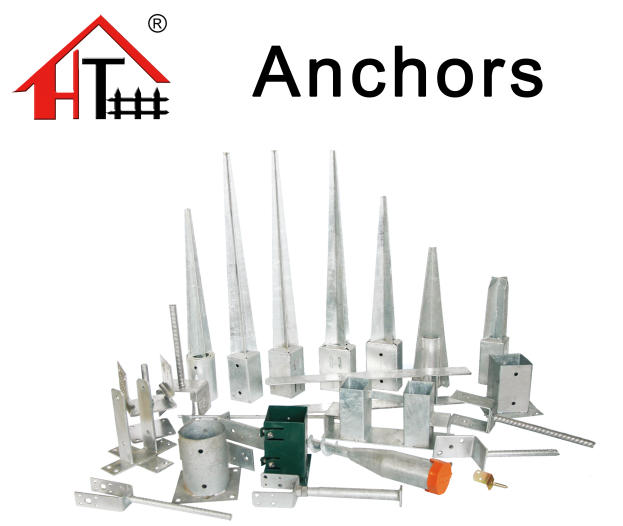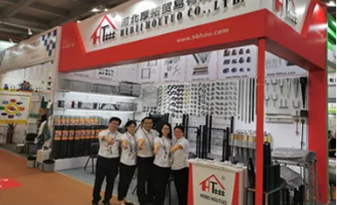The Importance of Electric Power Pole Anchors
Electric power poles are crucial components of our modern electrical infrastructure. They support the overhead wiring that delivers electricity from power plants to homes and businesses. However, these poles are only as effective as the anchors that secure them to the ground. Power pole anchors play a vital role in ensuring the stability, safety, and longevity of electrical transmission systems.
The primary function of electric power pole anchors is to provide stability to the poles, which are often subject to the forces of nature. High winds, heavy snow, and ice accumulation pose significant threats to the structural integrity of power lines. Without proper anchoring, power poles can sway, lean, or even topple, leading to power outages and safety hazards. Anchors help distribute these lateral forces, allowing the poles to stand upright and maintain their position.
There are several types of anchors used for electric power poles, including concrete anchors, screw anchors, and driven rods. Each type has its own advantages and is chosen based on the specific requirements of the installation site, such as soil type, pole height, and environmental conditions. For instance, concrete anchors are generally used in areas with unstable soil, as they provide a strong hold and resist pulling forces. Conversely, screw anchors are often preferred for their ease of installation and the ability to be used in various soil conditions.
electric power pole anchor

The installation of electric power pole anchors involves careful planning and assessment. Engineers must evaluate the environmental factors at the site, including wind patterns, soil composition, and the potential for erosion. This assessment ensures that the appropriate anchor type and installation method are employed, which not only maximizes the effectiveness of the power poles but also minimizes maintenance costs in the long term.
In addition to physical stability, power pole anchors contribute to safety. When poles are adequately secured, the risk of accidents decreases significantly. Unstable poles can lead to downed power lines, which pose serious electrocution hazards to pedestrians and can cause fires. Therefore, ensuring that power poles are properly anchored is a critical element of public safety and should never be overlooked during installation or maintenance.
Another important aspect of electric power pole anchors is their environmental impact. The choice of anchor type and installation method can influence soil disturbance and erosion. Innovative anchoring systems, such as helical screw anchors, create less disruption to the surrounding environment and minimize the ecological footprint of power installations. As utility companies become more aware of their environmental responsibilities, the selection of sustainable anchoring solutions has gained popularity.
In conclusion, electric power pole anchors are a crucial component of our electrical infrastructure. They ensure the stability and safety of power poles, allowing them to withstand the forces of nature while minimizing the risk of accidents and outages. The selection of appropriate anchor types, based on environmental assessments and engineering standards, is fundamental to the effectiveness of electrical distribution systems. As we continue to rely on electricity in our daily lives, the importance of robust anchoring solutions cannot be overstated. Investing in reliable electric power pole anchors ultimately contributes to a safer, more resilient electrical grid that meets the demands of a growing population.
















